The Ashmolean Museum is a museum in the city of Oxford, England, where art and archaeology are exhibited together. Founded in 1683, the museum is one of the oldest public museums in the world. In the museum, there are works from ancient Egypt, Greece, and Rome, as well as art from the Middle Ages and the Renaissance. In addition, there are also exhibitions of East Asian, Islamic, and African art. The Ashmolean Museum offers visitors the opportunity to trace the history of art and archaeology with its rich collection and historical texture. The museum also attracts art lovers with its exhibitions and events.
Ashmolean Museum: Journey to the Depths of History
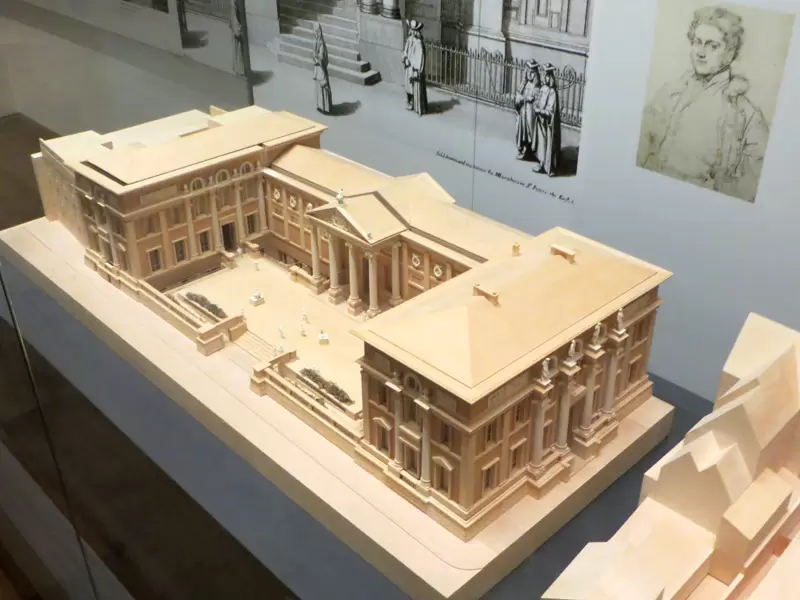
The Ashmolean Museum is one of the oldest public museums in the world, located in the city of Oxford in England. Founded by Elias Ashmole in 1683, the museum offers a unique experience for those who want to journey into the depths of history.
The museum's collection ranges from artifacts from ancient Egypt, Greece, and Rome to works of art from the Middle Ages and Renaissance. Among the museum's most important pieces are mummies from ancient Egypt, sculptures from the Greek and Roman periods, works by famous artists such as Michelangelo and Leonardo da Vinci, and pieces from different cultures such as Japanese art.
While offering visitors the opportunity to discover artifacts from different periods of history, the museum also provides a chance to learn about art and cultural history. Through special exhibitions and events organized by the museum, visitors can get an even closer look into the depths of history.
The Ashmolean Museum offers a unique experience for those who want to explore the richness of history and art. Its collection reflects the richness of world cultures and provides visitors with the opportunity to discover artifacts from different periods of history. The museum offers an unforgettable experience for those who want to journey into the depths of history.
The Point Where Art and Archaeology Meet: Ashmolean Museum
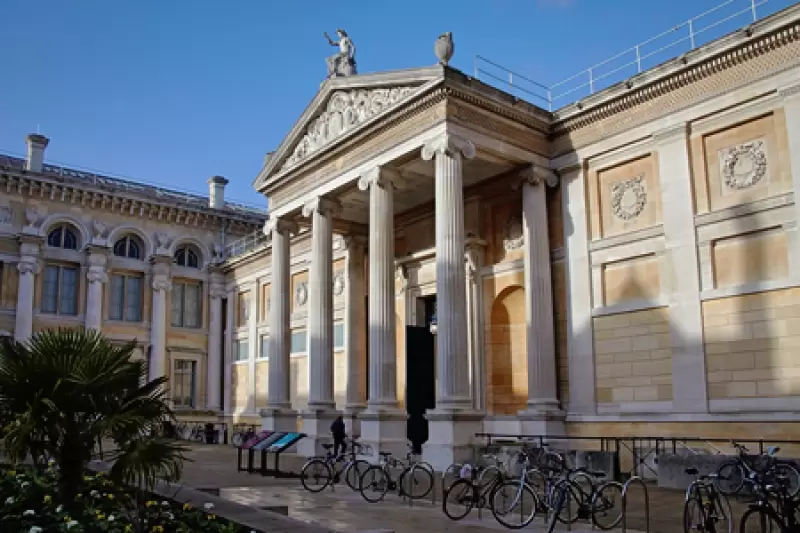
The Ashmolean Museum is an important museum in Oxford, England where art and archaeology meet. Founded in 1683, the museum is one of the world's oldest public museums and attracts art and archaeology enthusiasts with its rich collection.
The museum's collection includes works from different cultures such as Egypt, Greece, Rome, East and West art. Additionally, the museum also houses important examples of English art. One of the most important pieces in the collection are the artifacts taken from the tomb of Egyptian Pharaoh Tutankhamun. The museum also displays works by famous artists such as Michelangelo, Leonardo da Vinci, Rembrandt, Turner and Van Gogh.
The Ashmolean Museum not only contains art pieces but also archaeological finds. The museum's archaeological collection includes important pieces that shed light on England's history. Especially, artifacts from the Anglo-Saxon period are one of the museum's most important archaeological pieces.
The museum shows visitors how art and archaeology have interacted with each other throughout history. Art pieces and archaeological finds help us understand people's lifestyles, beliefs, and cultures in the past. In this sense, the Ashmolean Museum offers visitors the opportunity to travel deep into history.
In conclusion, the Ashmolean Museum is an important museum where art and archaeology meet. With its rich collection, it offers visitors works from different periods of history. By showing how art and archaeology interact with each other, the museum offers visitors the opportunity to travel deep into history.
Ashmolean Museum: In Pursuit of World Cultures
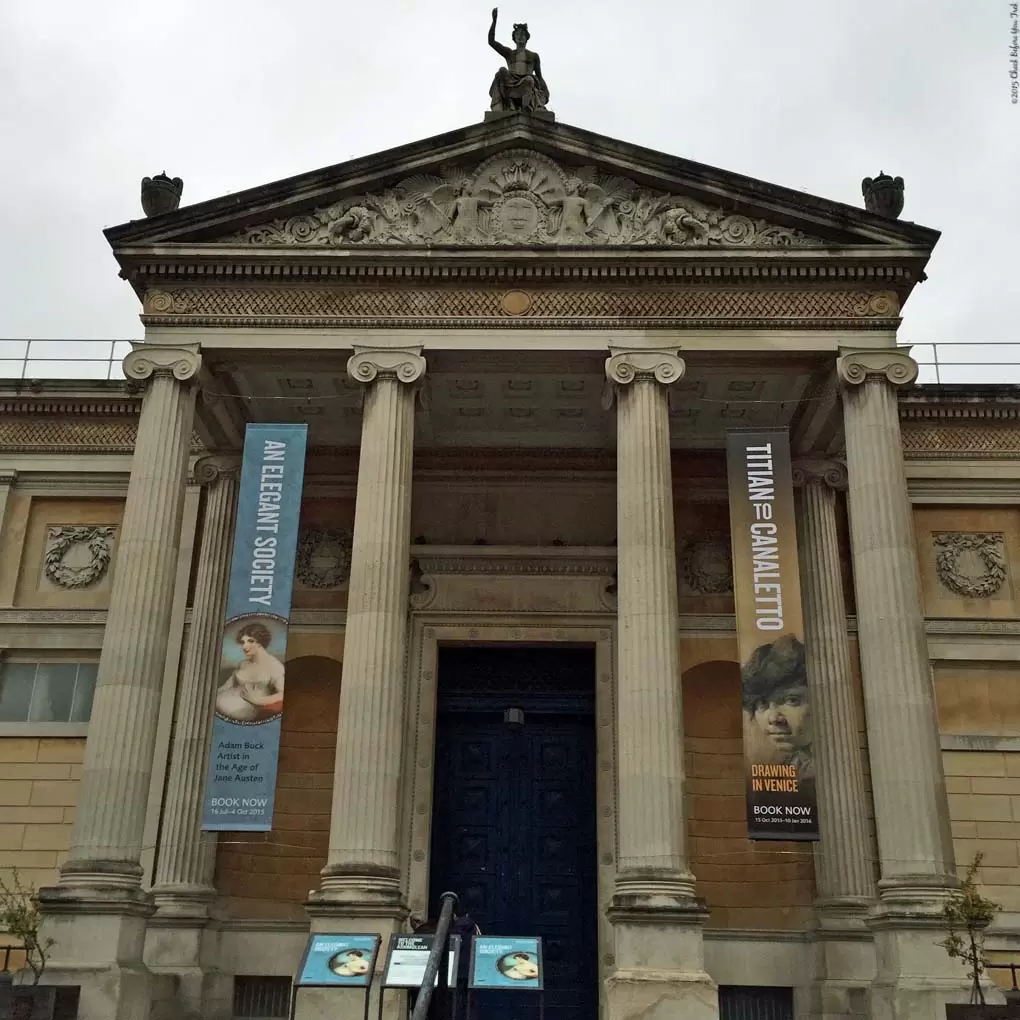
The Ashmolean Museum is a museum located in the city of Oxford, England, which carries traces of world cultures. Founded in 1683, the museum is one of the oldest public museums in the world and offers visitors the art, history, and archaeological artifacts of different cultures with its rich collection.
The museum's collection includes artifacts from Egyptian, Greek, Roman, Islamic, East Asian, European, and African cultures. The Egyptian section displays mummies, sculptures, and inscriptions from the time of the Pharaohs. The Greek and Roman sections feature sculptures, vases, and mosaics from the ancient period. The Islamic section showcases the most beautiful examples of Islamic art. The East Asian section includes artifacts from China, Japan, and Korea. The European section features paintings, sculptures, and decorative art from the Renaissance period. The African section displays the most beautiful examples of African art.
The museum offers visitors the opportunity to discover the art and history of different cultures. In addition, the museum regularly organizes special exhibitions and provides visitors with the opportunity to learn about different topics. The museum also helps students and young people to learn about art and history by organizing educational programs and workshops.
With its rich collection carrying traces of world cultures, the Ashmolean Museum offers visitors an unforgettable experience. The museum is a must-visit place for anyone who wants to explore the art and history of different cultures.
Ashmolean Museum: A Place Full of Traces of the Past
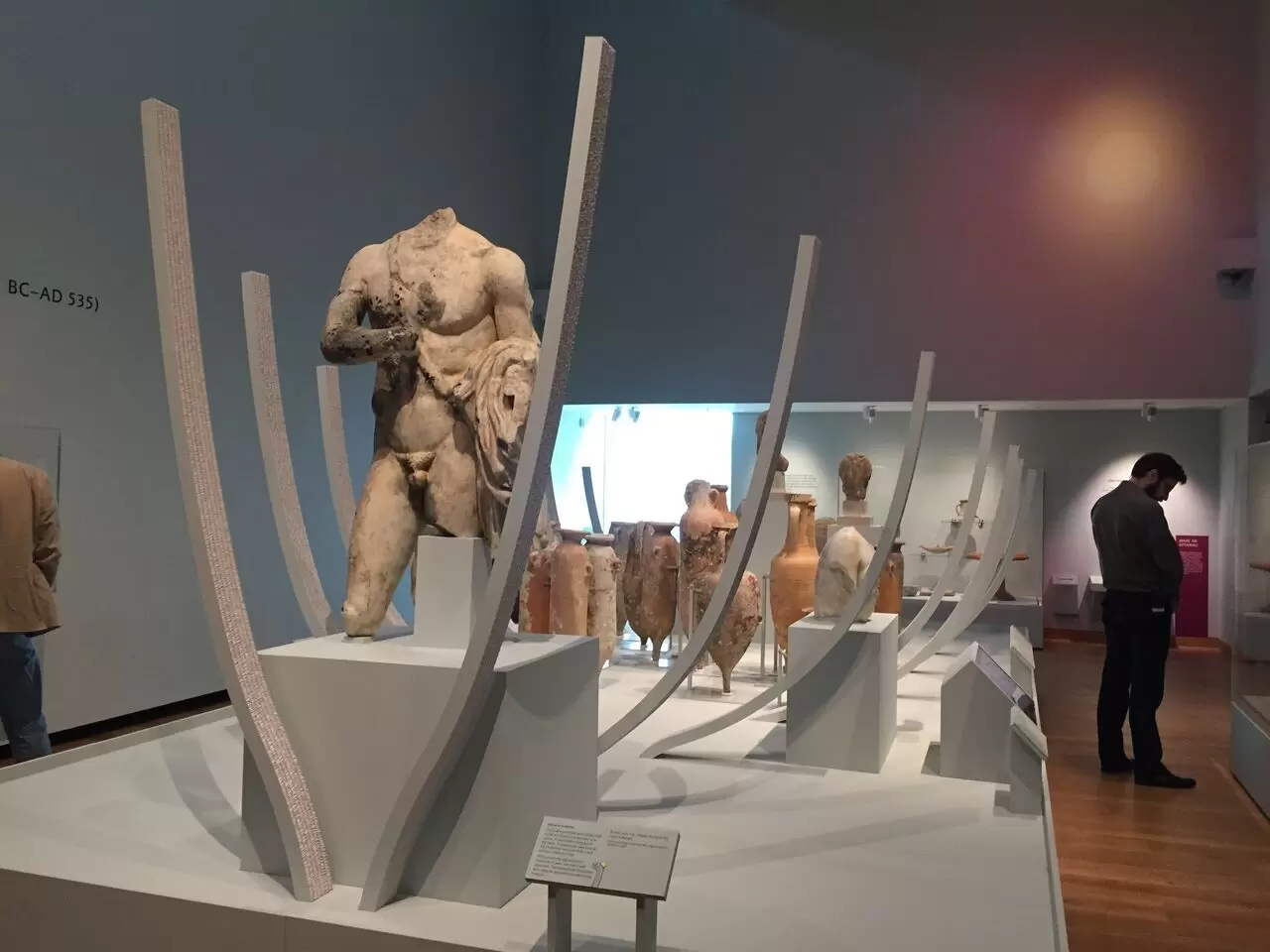
The Ashmolean Museum is one of the oldest museums in the world, located in the city of Oxford in England. Founded by Elias Ashmole in 1683, the museum has undergone many changes throughout history. Today, it is a world-renowned museum that welcomes visitors.
The museum is a place where archaeological, artistic, and historical artifacts are displayed. Works from many different cultures, such as ancient Egypt, Greece, and Rome, medieval and Renaissance art, East Asian art, and Islamic art, can be found in the museum.
The Ashmolean Museum offers visitors an experience full of traces of the past. The exhibited works reflect important events and cultures in human history. Mummies from ancient Egypt, sculptures from Greece and Rome, manuscripts from the Middle Ages, and paintings from the Renaissance allow visitors to experience history firsthand.
The museum is also a paradise for art lovers. Works by famous artists such as Michelangelo and Leonardo da Vinci from the Italian Renaissance are among the museum's most important pieces. In addition, the East Asian art exhibited in the museum offers visitors the opportunity to discover the art of a different culture.
The Ashmolean Museum is an indispensable place for history and art lovers. The museum, full of traces of the past, offers visitors an unforgettable experience. Those who visit the museum can discover important events and cultures in human history while also seeing some of the most important works of world art.
Ashmolean Museum: An Indispensable Stop for Art and Archaeology Enthusiasts
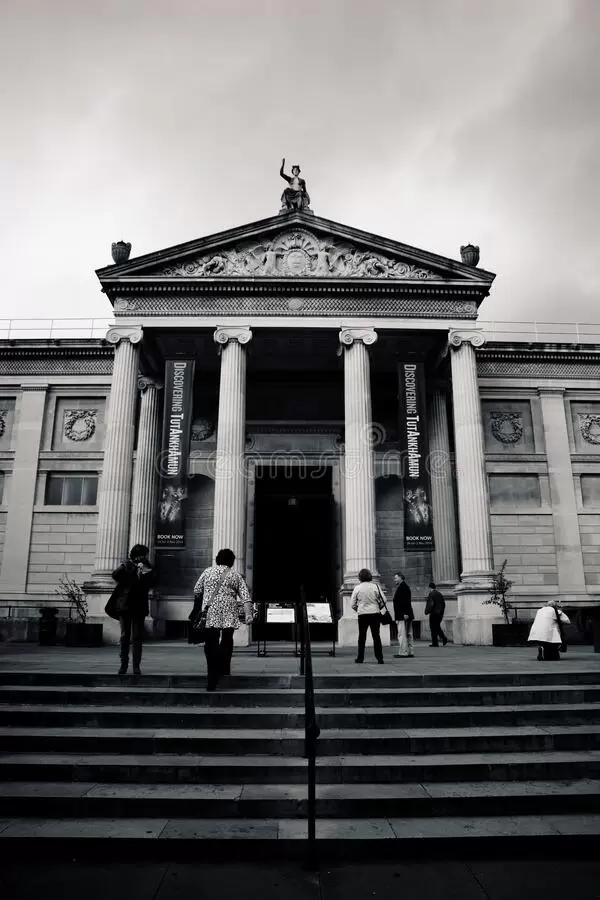
The Ashmolean Museum is a museum located in the city of Oxford, England, and is an essential stop for art and archaeology enthusiasts. Founded in 1683, the museum is one of the world's oldest public museums and offers visitors a unique experience with its rich collection.
The museum's collection includes works ranging from ancient Egyptian, Greek, and Roman periods to European art spanning the Middle Ages and Renaissance. In addition, there are also works from other cultures such as East Asian, Islamic, and African art.
The museum offers visitors the opportunity to explore the richness of art and archaeology history. Many important works such as ancient Egyptian mummies, Greek sculptures, Roman mosaics, and medieval religious works are included in the museum's collection. Additionally, the museum showcases some of the most important examples of European art, including works by Renaissance painters.
The museum offers visitors an interactive experience. Visitors can use the museum's audio guides to learn about the works. Additionally, the museum organizes special activities and workshops for children.
The Ashmolean Museum is an essential stop for art and archaeology enthusiasts. With its rich collection, interactive experience, and special events, it offers visitors an unforgettable experience. The museum is a must-see for anyone interested in exploring the richness of history.

Comments